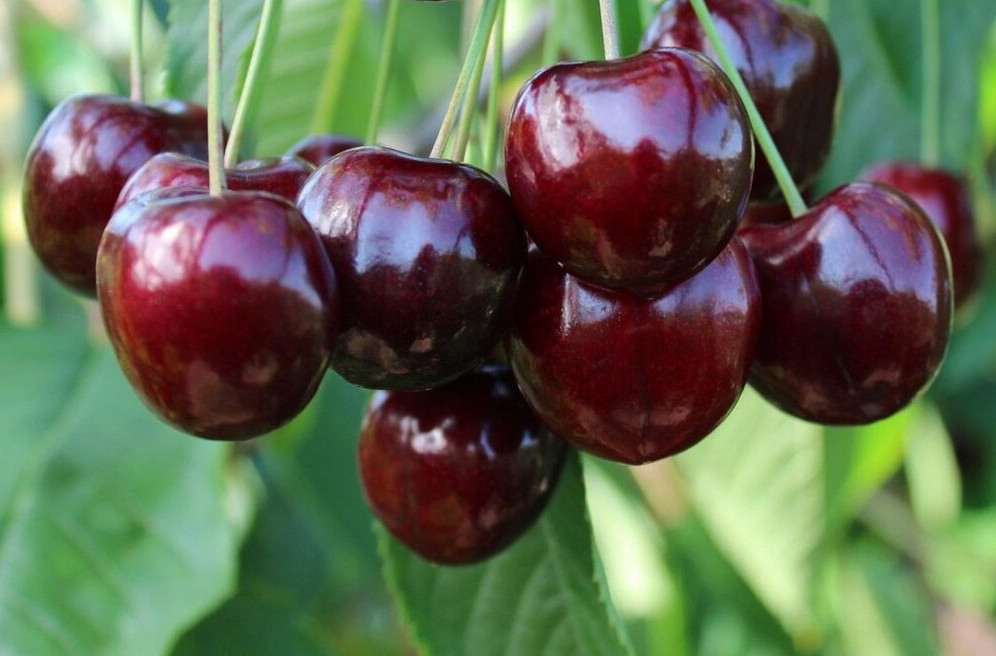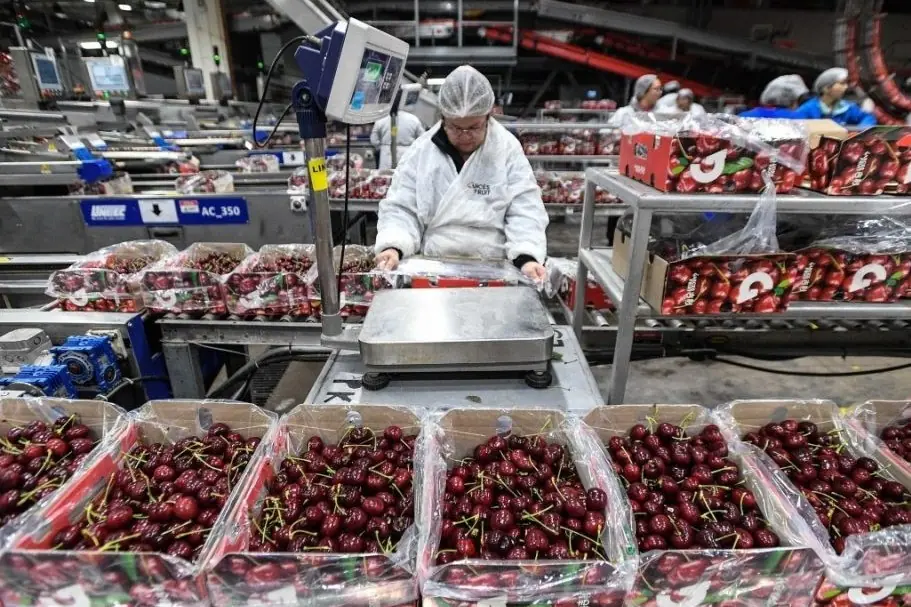Among the possible biotic factors that can affect the cherry tree, one of the main pests include the aphid Myzus cerasi (Fabricius) (Hemiptera: Aphididae). The main indication of the presence of this insect on the plants is the deformation in the young leaves and the progressive inward curling of the apical shoots.
Myzus cerasi is also an important vector of numerous plant viruses and it should also not be forgotten that when a plant is attacked by aphids, the occurrence of fumigations is common. These damages to the vegetative apparatus adversely affects the rate of photosynthesis and, consequently, can lead to the production of fruit with lower quality values.
But let's take a step back: how to recognise this insect? The body colour of the apterae individuals (i.e. the insect form without wings) of M. cerasi ranges from dark brown to black and the body is shiny. On the yellow-brown abdomen of alate individuals, however, there are extensive spots.
This aphid has the ability to migrate between primary (trees) and secondary (herbaceous plants) hosts, which ensures its survival throughout the growing season. In winter, wingless females emerge from eggs deposited on young shoots and at the base of buds.
In spring, the females develop on the foliage of young cherry tree shoots. Subsequently, in early summer, winged individuals migrate to secondary hosts. Population fluctuations and numerous biological parameters of insects are significantly influenced by temperature, which is the most critical environmental factor, especially when related to ongoing climate change.
Changes in temperature values are expected to influence the expansion of distribution areas of invasive species, the survival of species during the winter season, the increase in the number of generations and the transmission of plant diseases by pests.
The study conducted at Onsekiz Mart University in Çanakkale (Turkey) was designed to investigate the seasonal population fluctuation in cherry orchards and the impact of different simulated laboratory temperatures on the cycle parameters of M. cerasi on cherry.
Field results indicated that increasing temperature between seasons had a positive impact on population fluctuations and densities of M. cerasi. Furthermore, laboratory results indicated that M. cerasi survived and reproduced at all temperatures tested in the laboratory.
The longevity of females was highest (19 days) at temperatures of 20°C, while it decreased to 12 days when the thermometer rose to 30°C. Similarly, the fertility rate also decreased from 10 offsprings per female at 20°C to 7 under 30°C conditions. The highest intrinsic and finite increase rates were determined at 30°C, and there was no significant difference between these values and those at 25°C.
The mean generation time of M. cerasi was significantly different at all temperatures tested, decreasing from 22.59 days at 20°C to 12.78 days at 30°C. Consequently, the results of this study indicate that the seasonal fluctuation of the M. cerasi population was substantially influenced by the different temperatures both in the field and in the laboratory. In this case, we can therefore conclude that climate change could help cherry growers in the successful management of this insect
Source: Şahin Kök, İsmail Kasap, Seasonal population fluctuation and life history in different temperatures of Myzus cerasi (Hemiptera: Aphididae) on cherry trees: a field and laboratory study, Journal of Economic Entomology, Volume 117, Issue 3, June 2024, Pages 865–875, https://doi.org/10.1093/jee/toae041.
Image: Biolib
Melissa Venturi
University of Bologna (IT)
Cherry Times - All rights reserved












